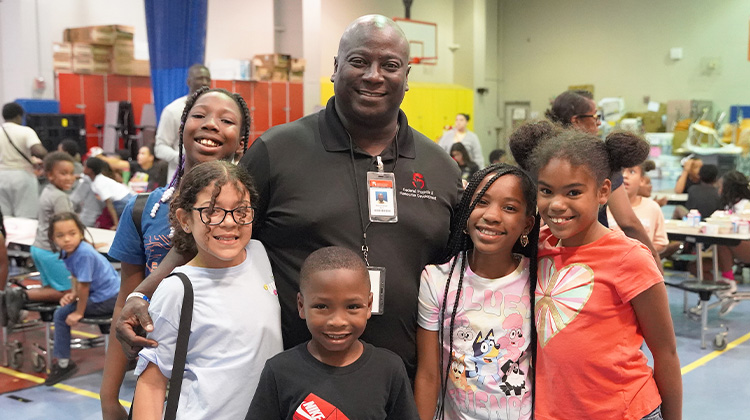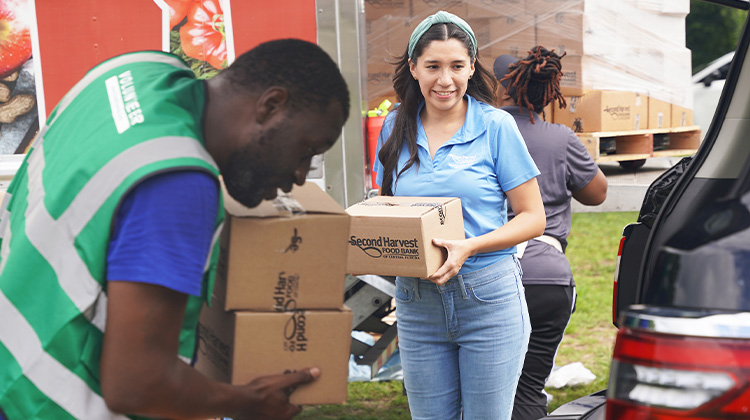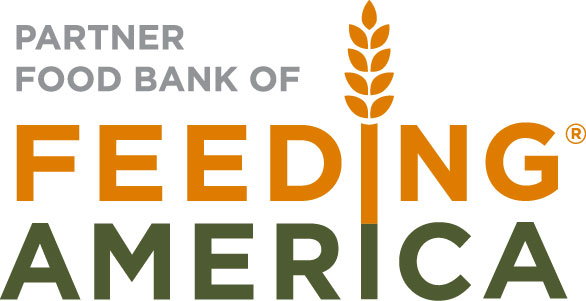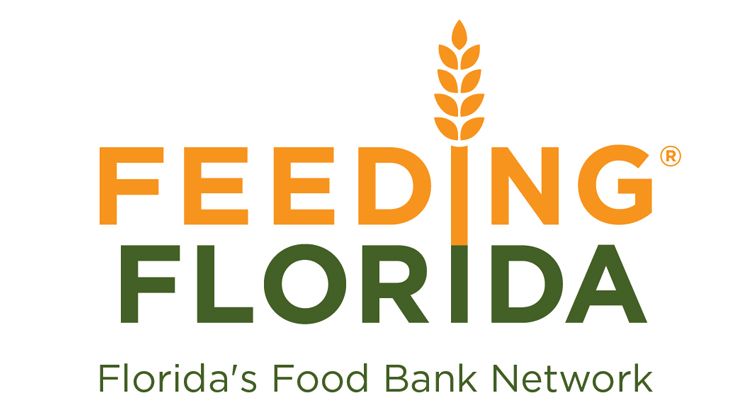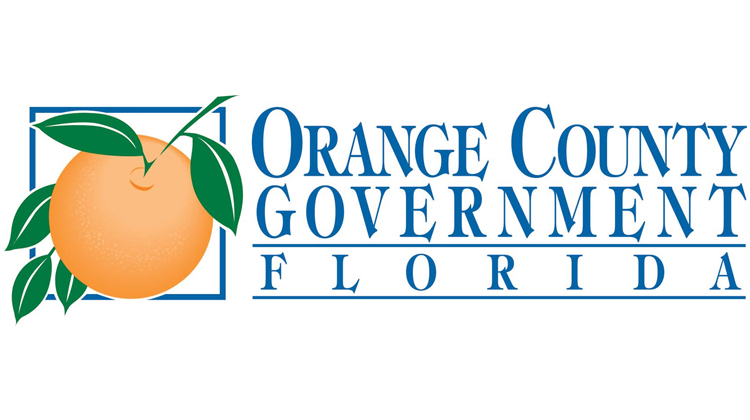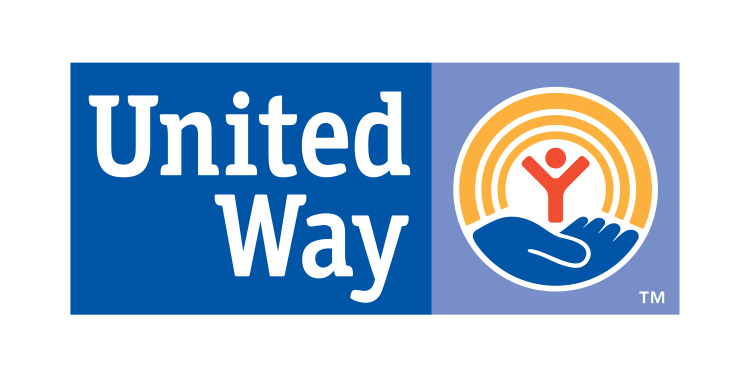“After I pay the rent, utilities, and daycare, I budget what’s left – and sometimes, there’s not enough left over to bring home groceries for my kids.” It’s a common refrain among visitors to Second Harvest’s network of community feeding partners across Central Florida. And many families seeking food assistance each month do not take it for granted.
Second Harvest distributes enough food for 300,000 meals per day, a level first reached at the height of the pandemic in 2020 and 2021. That may seem surprising in a strong economy: Most people have jobs, pay is increasing and businesses that faltered over the last few years have begun to recover.
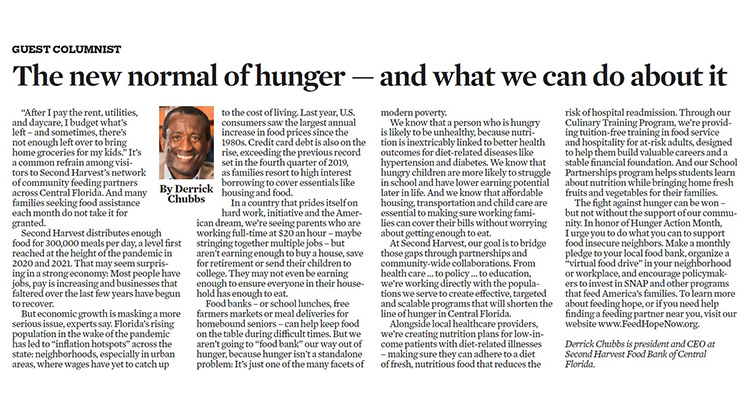
But economic growth is masking a more serious issue, experts say. Florida’s rising population in the wake of the pandemic has led to “inflation hotspots” across the state: neighborhoods, especially in urban areas, where wages have yet to catch up to the cost of living. Last year, U.S. consumers saw the largest annual increase in food prices since the 1980s. Credit card debt is also on the rise, exceeding the previous record set in the fourth quarter of 2019, as families resort to high interest borrowing to cover essentials like housing and food.
In a country that prides itself on hard work, initiative and the American dream, we’re seeing parents who are working full-time at $20 an hour – maybe stringing together multiple jobs – but aren’t earning enough to buy a house, save for retirement or send their children to college. They may not even be earning enough to ensure everyone in their household has enough to eat.
Food banks – or school lunches, free farmers markets or meal deliveries for homebound seniors – can help keep food on the table during difficult times. But we aren’t going to “food bank” our way out of hunger, because hunger isn’t a standalone problem: It’s just one of the many facets of modern poverty.
We know that a person who is hungry is likely to be unhealthy, because nutrition is inextricably linked to better health outcomes for diet-related diseases like hypertension and diabetes. We know that hungry children are more likely to struggle in school and have lower earning potential later in life. And we know that affordable housing, transportation and childcare are essential to making sure working families can cover their bills without worrying about getting enough to eat.
At Second Harvest, our goal is to bridge those gaps through partnerships and community-wide collaborations. From healthcare … to policy … to education, we’re working directly with the populations we serve to create effective, targeted and scalable programs that will shorten the line of hunger in Central Florida.
Alongside local healthcare providers, we’re creating nutrition plans for low-income patients with diet-related illnesses – making sure they can adhere to a diet of fresh, nutritious food that reduces the risk of hospital readmission. Through our Culinary Training Program, we’re providing tuition-free training in food service and hospitality for at-risk adults, designed to help them build valuable careers and a stable financial foundation. And our School Partnerships program helps students learn about nutrition while bringing home fresh fruits and vegetables for their families.
The fight against hunger can be won – but not without the support of our community. In honor of Hunger Action Month, I urge you to do what you can to support food insecure neighbors. Make a monthly pledge to your local food bank, organize a “virtual food drive” in your neighborhood or workplace, and encourage policymakers to invest in SNAP and other programs that feed America’s families.

Derrick Chubbs
President & CEO
This guest column originally appeared in The Orlando Sentinel on September 24, 2023.



